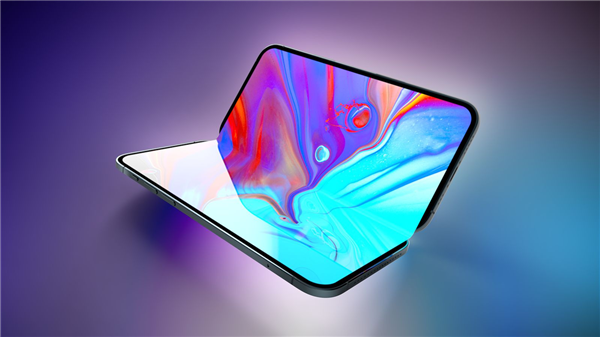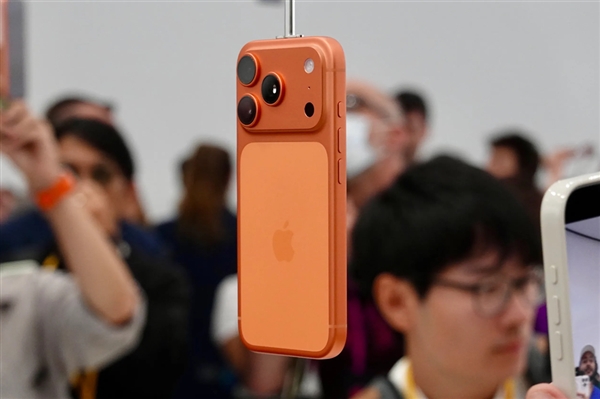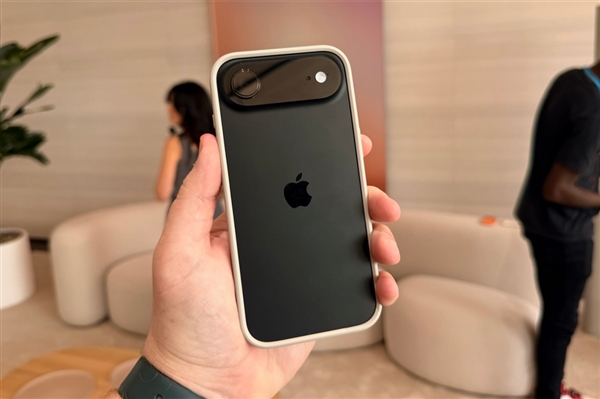July 30, 2025 – On July 23, Japanese media outlet PC Watch took a deep dive into Apple’s chip evolution across its iPhone lineup, spanning from the original iPhone to the iPhone 16 series. Drawing on data from the GeekBench benchmarking database, the report highlighted that the chip performance of the iPhone 16 series is an astonishing 384.9 times greater than that of the first iPhone.
Starting with the chipsets, the original iPhone was powered by an ARM11-based SoC running at a clock speed of 412MHz. In 2009, the iPhone 3GS saw a leap forward with the adoption of a Samsung CPU featuring ARM Cortex-A8 cores. A major milestone was reached in 2013 with the iPhone 5S, which introduced Apple’s first 64-bit architecture chip, the A7. The following year, Apple switched to TSMC as the sole supplier of the A8 chip for the iPhone 6 and iPhone 6 Plus.
The A9 chip, used in the iPhone 6s and iPhone 6s Plus, marked a unique chapter in Apple’s chip history. For the first time, Apple dual-sourced its chips, with both Samsung and TSMC manufacturing the A9. However, this decision led to controversy. Despite Samsung’s use of a more advanced 14nm process node compared to TSMC’s 16nm, benchmarks revealed that TSMC’s version offered up to two extra hours of battery life, sparking the so-called “Chipgate” scandal.
Battery capacity has also seen a dramatic increase over the years. The original iPhone housed a modest 1400mAh battery, while the iPhone 16 Pro Max boasts a much larger 4685mAh unit, reflecting Apple’s commitment to extending device endurance.

Memory upgrades have been equally significant. The original iPhone came with just 128MB of RAM, a figure that has since ballooned to 8GB across all iPhone 16 models, enabling smoother multitasking and more demanding applications.
In the realm of imaging, the progress is stark. The original iPhone featured a basic 2-megapixel rear camera, whereas the iPhone 16 Pro Max is equipped with a sophisticated triple-camera system, comprising a 48-megapixel main sensor, a 48-megapixel ultra-wide lens, and a 12-megapixel telephoto camera, delivering unparalleled photographic capabilities.
According to the GeekBench data analyzed by PC Watch, Apple’s iPhones have demonstrated an average annual performance improvement of 40% since the debut of the original model in 2007. This consistent innovation has solidified Apple’s position as a leader in smartphone technology, with the iPhone 16 series representing the pinnacle of its achievements to date.












